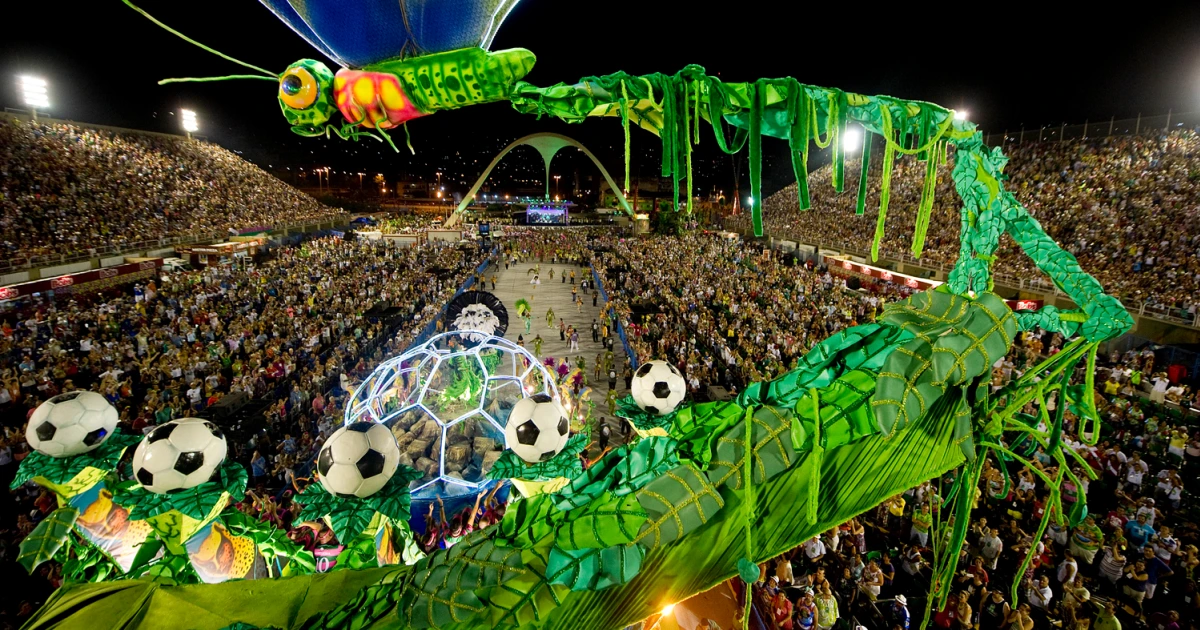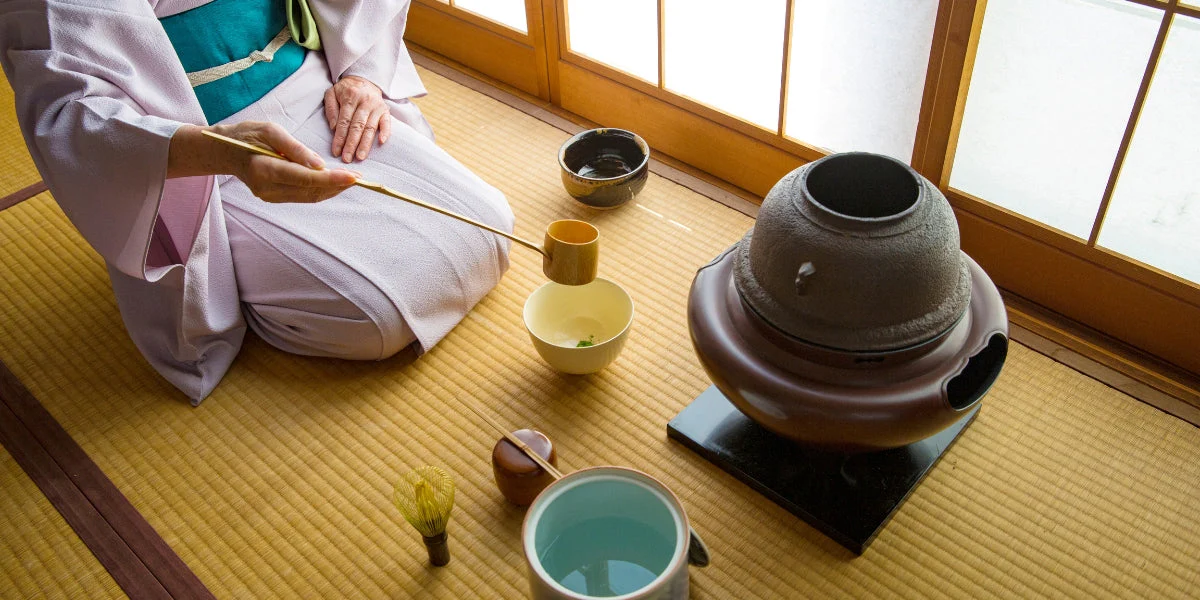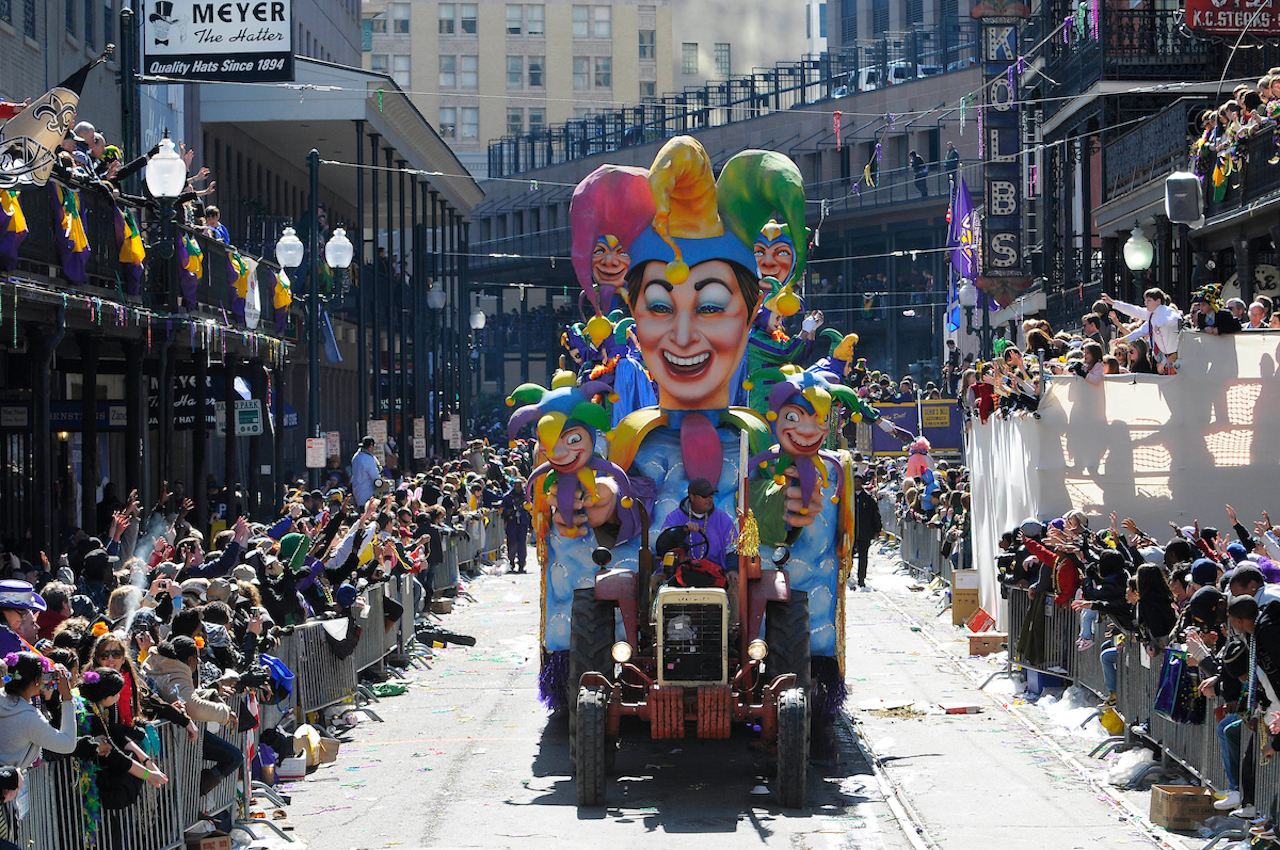pokomde – Carnaval in Brazil is more than just a festival; it’s a vibrant celebration of culture, history, and community that captivates millions each year. Typically held in February or March, this extravagant event marks the beginning of Lent, but its roots run deep into Brazil’s rich tapestry of traditions.
Origins and History
Carnaval has origins that blend African, Indigenous, and European influences. Its history can be traced back to the 18th century when Portuguese colonizers brought their own festive traditions to Brazil. Over time, these merged with African and Indigenous practices, giving rise to the unique spectacle we see today. The event became a way for different communities to express their identity and creativity, celebrating both the joys and struggles of their cultural heritage.
The Celebration
Carnaval is characterized by its parades, samba music, elaborate costumes, and street parties known as “blocos.” The festivities begin with the opening ceremony, where the Mayor of Rio de Janeiro officially kicks off the celebrations, followed by vibrant parades featuring samba schools competing in the Sambadrome. Each samba school represents different neighborhoods and showcases elaborate floats, dazzling costumes, and captivating choreography.
The samba music, rooted in Afro-Brazilian rhythms, is the heartbeat of Carnaval. It invites everyone to dance, bridging cultural divides and fostering a sense of unity. The lyrics often reflect social issues, history, and the vibrant spirit of the Brazilian people.
Community and Participation
One of the most beautiful aspects of Carnaval is its inclusivity. While there are grand parades with professional samba schools, many locals participate in street parties. These blocos are open to everyone, encouraging participation from all walks of life. Attendees don colorful costumes, often handmade, and engage in joyful celebrations, showcasing the creativity and spirit of the community.
Culinary Delights
Food also plays a significant role in the Carnaval experience. Street vendors offer a variety of traditional dishes, such as feijoada (a hearty black bean stew), pastéis (fried pastries), and refreshing drinks like caipirinhas. These culinary delights enhance the festive atmosphere, as people gather to enjoy delicious meals together.
Cultural Significance
Carnaval is more than a party; it is a powerful expression of identity and cultural pride. It highlights the resilience and creativity of the Brazilian people, offering a space for social commentary and community solidarity. Many artists use this platform to address pressing social issues, ensuring that Carnaval remains relevant and meaningful.
Conclusion
Experiencing Carnaval in Brazil is a profound cultural journey. It’s a time when the country’s rich heritage comes alive, inviting both locals and visitors to celebrate together. From the pulsating rhythms of samba to the vibrant street parties, Carnaval encapsulates the spirit of Brazil—joyful, diverse, and full of life. Whether you’re dancing in the streets or watching the parades, Carnaval offers a unique opportunity to immerse yourself in the heart of Brazilian culture.








